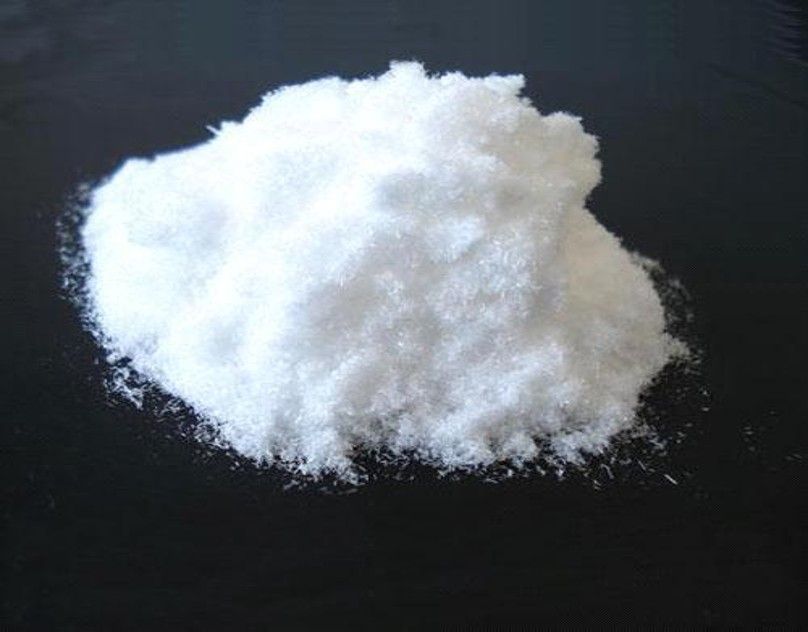
Cinnamic Acid Market Advances: Improving Metal Production
Cinnamic acid is an organic compound that has both phenol and acrylate functional groups. It is predominantly used to produce fragrances and flavors. It occurs naturally in cinnamon and is also found in various fruits and vegetables. Cinnamic acid imparts sweet and warm aroma, and is widely used in the personal care and food & beverage industries. It is commonly used as a natural preservative and flavoring agent in processed food products. In personal care products, cinnamic acid is used in various skincare and hair care products due to its antioxidant and anti-inflammatory properties.
The cinnamic acid market is estimated to be valued at US$ 24.33 Bn in 2023 and is expected to exhibit a CAGR of 6.7% over the forecast period 2023 to 2030, as highlighted in a new report published by Coherent Market Insights Market Dynamics: The rising demand for natural ingredients from personal care industry is the major factor driving the growth of cinnamic acid market. Consumers are increasingly preferring personal care products that contain natural and plant-derived ingredients over synthetic ones. This has prompted personal care product manufacturers to incorporate more plant extracts and natural compounds like cinnamic acid in their formulations. Cinnamic acidderived from cinnamon oil has anti-aging benefits and protect skin from sun damage. Additionally, cinnamic acid helps improve skin texture by reducing spots, blemishes and wrinkles. Furthermore, increasing health conscious populace and growing consumption of processed food is further augmenting the demand for natural preservatives like cinnamic acid. This growing preference for natural over synthetic food ingredients is expected to propel the demand for cinnamic acid over the forecast period. SWOT Analysis Strength: Cinnamic Acid has various applications in perfumery, flavoring and food industries which drives its demand. It possesses antimicrobial properties which make it useful as a natural preservative. Mass production techniques have led to declining production costs of Cinnamic Acid. Weakness: Fluctuations in raw material prices directly impact the production cost of Cinnamic Acid. Stringent environmental regulations regarding discharge standards increase compliance costs. Opportunity: Growing personal care and cosmetics industry expands the application scope for Cinnamic Acid. Rising demand for natural and organic preservatives opens up opportunities for plant-derived Cinnamic Acid. Threats: Availability of substitute ingredients may limit the demand growth for Cinnamic Acid. Economic slowdowns can negatively impact the end-use industries. Key Takeaways: The global Cinnamic Acid market is expected to witness high growth, exhibiting CAGR of 6.7% over the forecast period, due to increasing demand from personal care and food & beverage industries. Wide applications in production of flavors, fragrances and preservatives drive the market expansion. Regional analysis Regional analysis related content (Write regional analysis in 200 words explanation fastest growing and dominating region.) Asia Pacific dominates the global Cinnamic Acid market and is estimated to maintain its leading position during the forecast period. Abundant raw material availability along with presence of key producers in China, India and Japan has strengthened Asia Pacific’s position as the largest and fastest growing regional market. Key players related content comprises Key players operating in the Cinnamic Acid are BASF, Guangzhou Shiny Co. Ltd., BestAroma Biotech, Daurala Organics, Yuancheng Saichuang Technology, Wuhan Organic Material, Omega Ingredients, Elan Chemical Company, DSM, King-Pharm, Kay Fries, Juhua Group, and Bayer ltd. amongst others. Key players are focusing on business expansion through capacity extensions and new product launches to strengthen their foothold in the global market.

Appreciate the creator